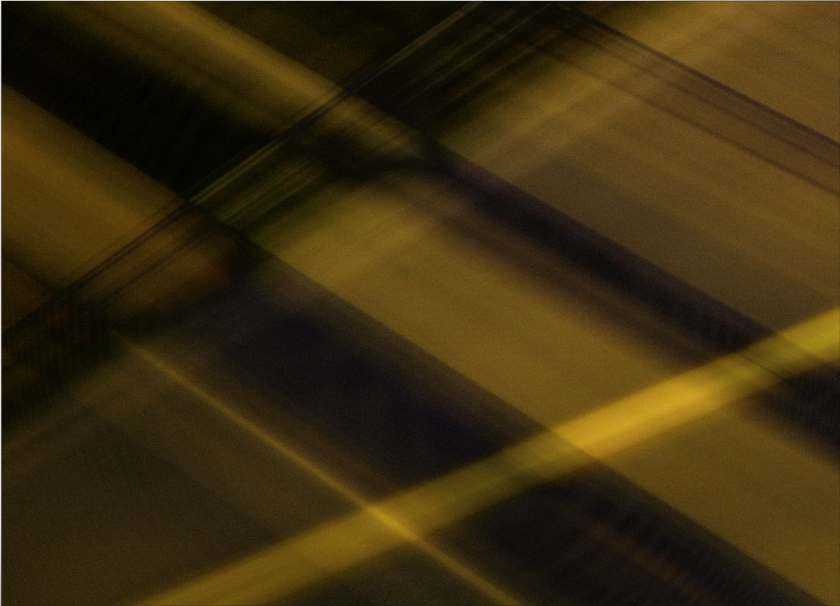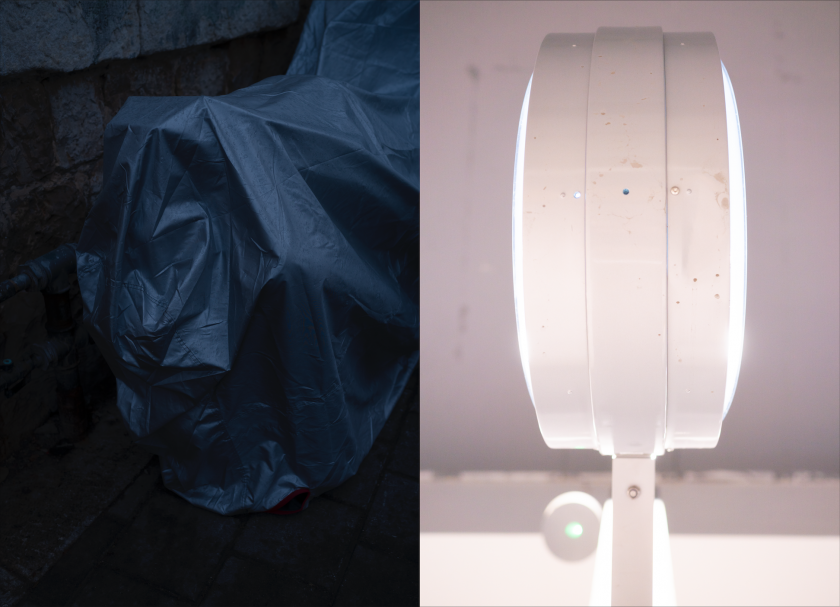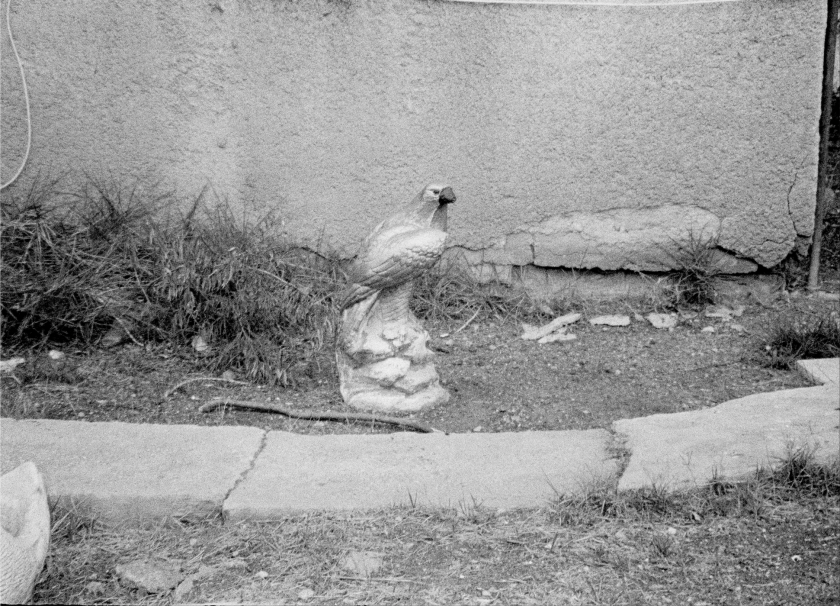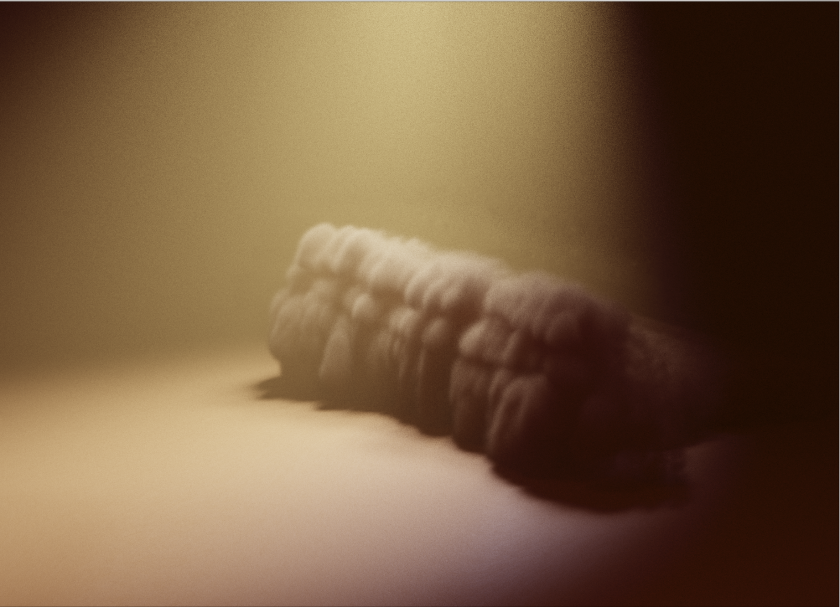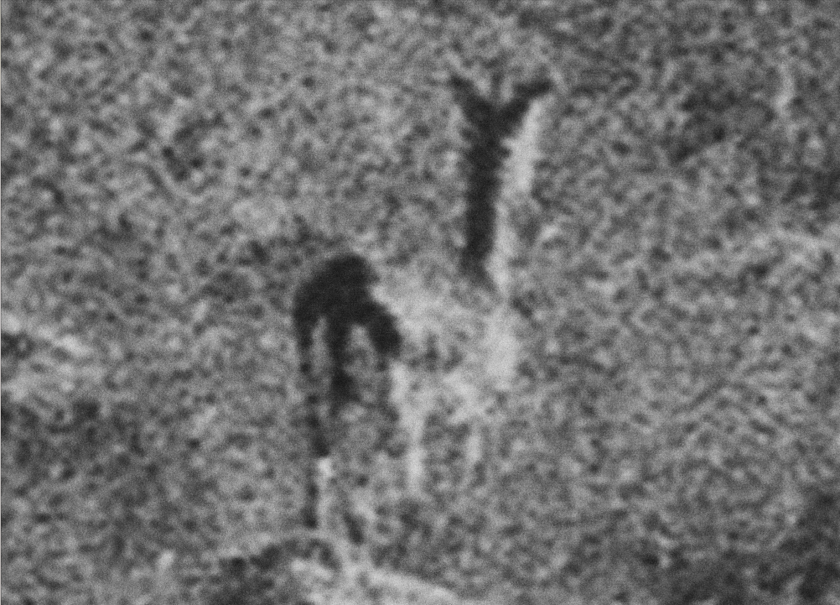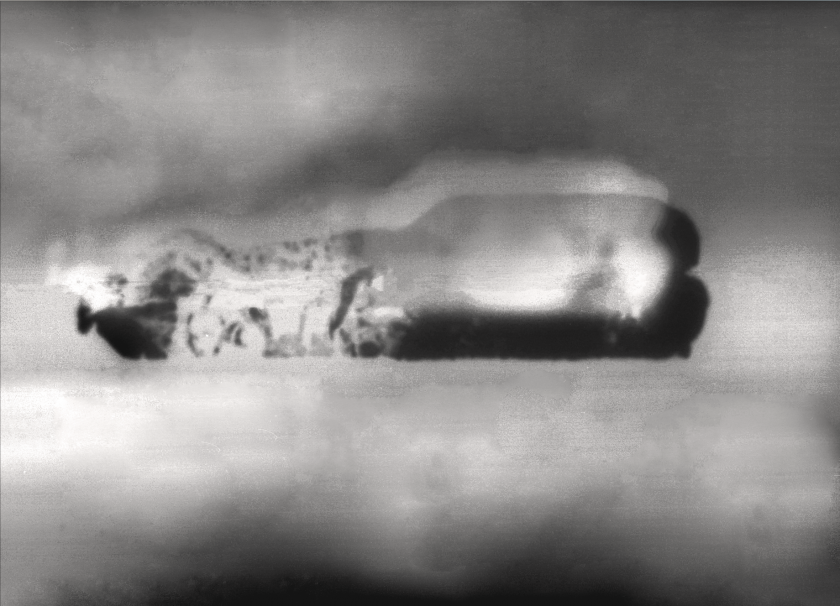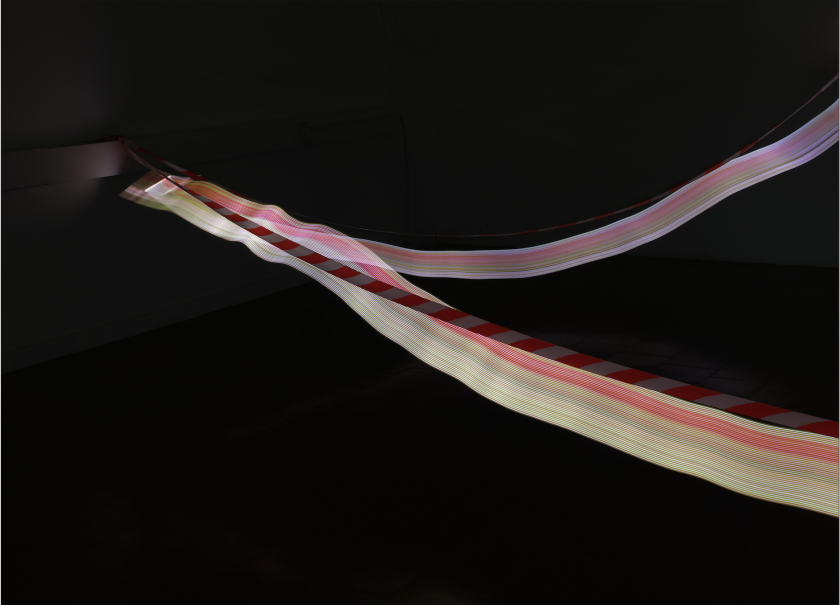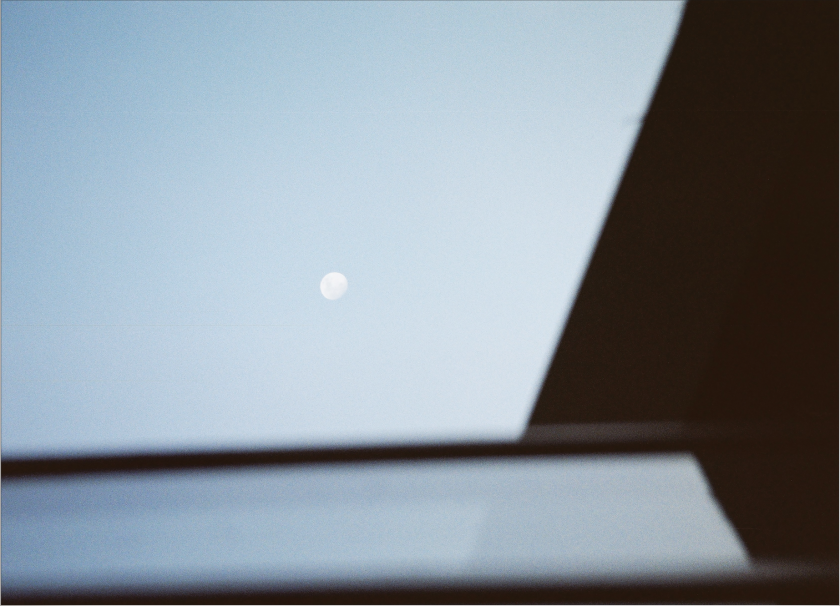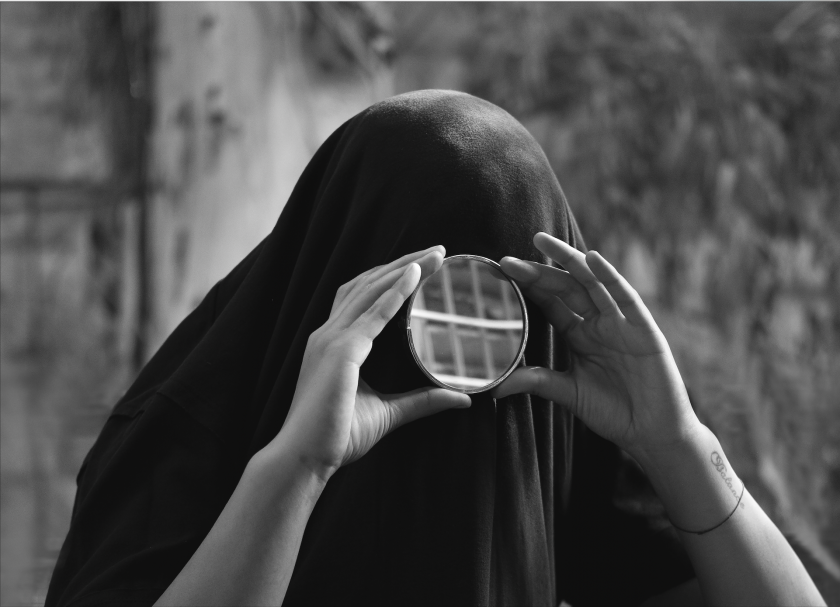Bezalel Events
אירועים בבצלאל
أحداث بتسلئيل
80 Meters to the center of the earth
The platforms of the Yitzhak Navon train station are located 80 meters underground. Because of Jerusalem's height, the designers had to bring down the station, which is also intended to be an atomic shelter in an emergency.
In the class, the students were asked to create works concerning a specific site that would flow from the intended display space, stressing the dialog between them and the site where they are exhibited.
The range of approaches the students had taken was broad and diverse, same as the subjects they had chosen to respond to in the train station: starting with works addressing the architectural and geographical conditions at the site, through works that contend with the place's cultural and historical meanings, or with the physical or experiential aspects of the concrete space.
Throughout the semester, we took tours of the train station, met with the stationmaster, and talked with the station's designers.
The exhibition is on display alongside the escalators going down to the platforms and up to ground level.
The exhibition will take place at Yitzhak Navon train station, Jerusalem.
Alon Kessler
I collect lots of train tickets, carrying a ready-made image: impressions of the point of origin and destination. I make cyanotypes from them. By holding them and dipping them in the chemical, which turns a deep blue in the bright light of the sun, I ask questions about their degradation, about time past, destinations occupied and forsaken. I cover them in photographs of palm trees. In ancient cultures, they symbolized victory, but I do not know what they promise in the local context.
Andrey Shestakov
I've been taking the same route to school for four years now. I pass through the same tunnel twice a day. Each time I am underground for a few seconds, which seems like a small eternity to me. The tunnel is a place where time stands still. There are neither day nor night, rain or snow, sun or cloud. Through my work, I wish to create life, movement, and rhythm in this frozen-in-time place. Each frame contains two-directional movement, and 20-second long light beams are cut off by a period when I am absent from the tunnel.
Edith Geuppert
What fascinates me the most about the train station is its depth. The trains come in 80 meters below street level. At 735 meters above sea level, it is the deepest heavy-rail passenger station in the world.
With that number in my mind, and being a stranger to Jerusalem, I started to explore the city's hills, photographing at places with the exact same elevation as the ground level of the train station. I tried to get away from everything religious, political, or historical. Instead, I focused on the city from a daily life perspective. I mainly searched for materials and structures that interested me. My photos are fragments of Jerusalem. They build a visual connection between the train station and the outside.
Neta Terem and Efrat Friedman - Noah's Light Ark
Pairs of animals slowly go down the light boxes from the danger outside into the underground atomic shelter. More and more sad, withered, and abandoned objects accumulate there, including the station's users. Might there be a chance here of a safe place, a shelter?
Idan Fima
I wish to create a visual representation of the fast pace at which culture turns over and changes. Our communications channels are seemingly open, available, and faster than ever, but we just pull further and further apart.
Images and social events flash before us and disappear as if they've never been there.
An enormous marketplace of images is exposed and available, flooding our field of vision like a raging sand storm in a desolate desert. It is a storm of the content we have created, actively and artificially. We seek to fill our daily routine, not noticing that we are operating a kind of wave machine, which in turn drowns us.
The four images displayed here are entirely artificially made. They demonstrate how we are carried away by a man-made storm.
Nizar Kadah
I took some pictures at el-Batouf field, a part of Kafr Manda in the Galilee. It is a large, quiet field stretching to the horizon. It offers a reverse view of the train station, which harasses us with the noise of trains and people in constant motion.
Sasha Rovnaya
At the start of each day, I go out to the fields and wait for, or perhaps I should say expect, my daily rendezvous with you. I arrive with my camera and document the encounter. There's a vast distance and inevitable closeness between us, and I try enhancing it further by enlarging the images. I position a voyeuristic eye facing the mystery you produce. You disrupt the hectic daily routine, offering a possibility of calm and freedom within it.
Shachar Mizrachi – Water for King David
(Following a popular song by Akiva Nof, based on a biblical story)
King David wanted to drink from a well in Bethlehem, then a Philistine territory. Three of his messengers embarked on a mission to bring back fresh water from the well. They return with the water, chanting the same words repeatedly – "water for King David" – as if they would never stop singing.
In my work, a plastic water bottle found when I was walking between the city center and the train station, is duplicated in many versions. The visual repetition, duplication, and reproduction let me address the bottle's original shape, iconic in its way, as a sacred object. The mantra is still playing in my head, "water for King David."
Yasmeen Halawani
I chose to photograph lights, inspired by the station's illumination. I thought of shooting them at a speed that would capture their fast motion, revealing forms and movements. I started shooting. I kept going until the end. The resulting images evoked the rapid, almost imperceivable movement of the train. With its inspiration, I tried to create movement from immobility, out of nothing.
Yonatan Kaplan
Over the last few months, I've been taking photographs each time I entered the studio or left it. With time, weather, light, the window and the adjacent roof have become a fluctuating subject. Slowly, quietly.
Bar Russo – the Gate Keepers
Like photographs of archeological items, I photographed plaster casts I'd made of standard security cameras. For me, security cameras are deeply ingrained in the power relations that photography can create, particularly those in the public space. Those cameras are silent symbols of controlling the environment, becoming in a way a part of nature, a norm that lives independently of the law or a certain regime.

